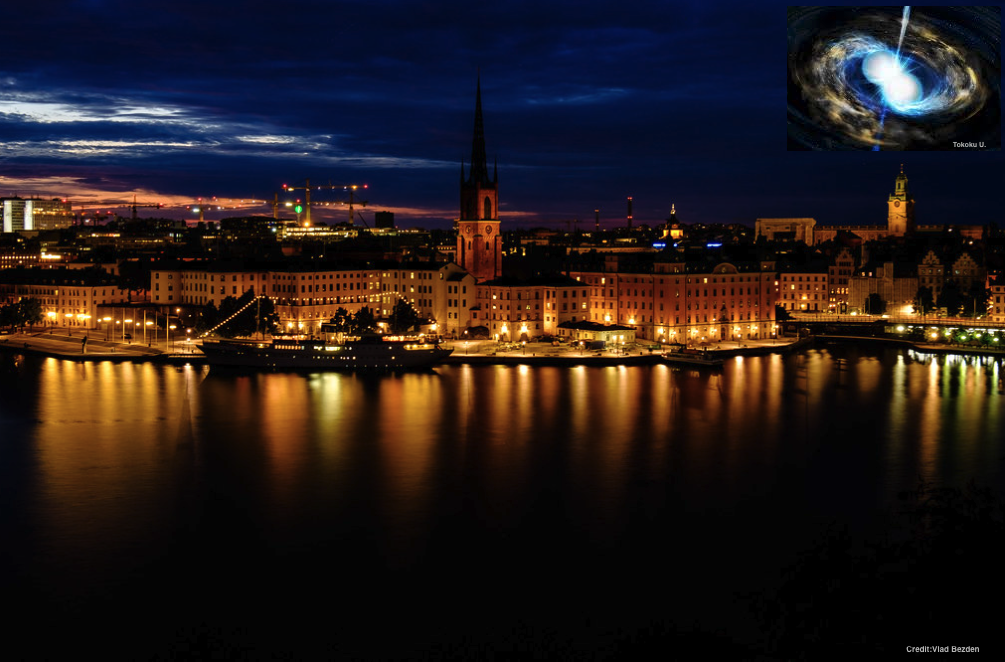Speaker
Description
In 2017, the electromagnetic counterpart AT2017gfo to the binary neutron star merger GW170817 was observed by all major telescopes on Earth. While it was immediately clear that the transient following the merger event, is powered by the radioactive decay of r-process nuclei, only few tentative identifications of light r-process elements have been made so far. One of the major limitations for the identification of heavy nuclei based on light curves or spectral features is incomplete or missing atomic data which greatly affects the results of radiative transfer models.
In this talk, I will present converged large-scale atomic structure calculations of r-process elements, including actinides. The atomic data from such calculations will give insight into the opacities required for radiative transfer modelling. I will show a comparison of bound-bound opacities as a function of included electron configurations, for both ab-initio and experimentally calibrated atomic structure calculations. Using our calibrated as well as published atomic data, I will quantify how sensitive abundance inferences from radiative transfer codes are to the selected atomic data.

